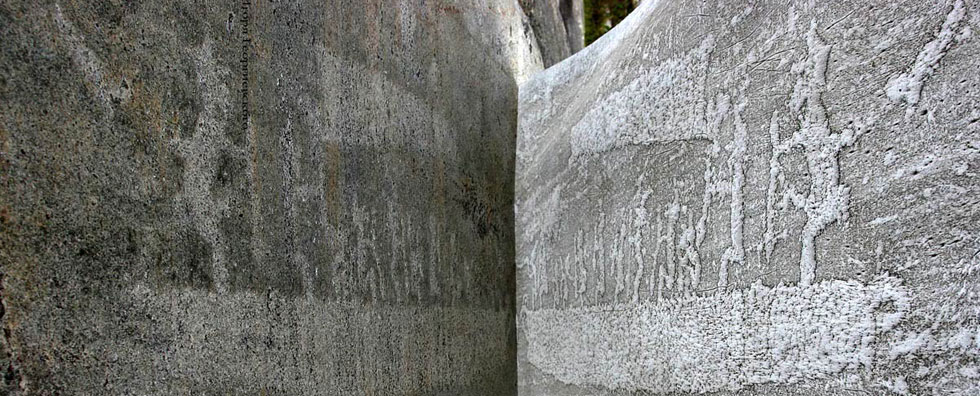
Issue №3, Vol. 17
Konstantinov V., Borisov V., Pakhomov P. Reducing the wear rate of wood cutting tools // Resources and Technology. 2020. №3, Vol. 17. P. 111‒123.
DOI: 10.15393/j2.art.2020.5262
Reducing the wear rate of wood cutting tools
| Konstantinov Valery | N.E. Bauman Moscow State Technical University, konstantinov@mgul.ac.ru |
| Borisov Vyacheslav | N.E. Bauman Moscow State Technical University, vborisov@bmstu.ru |
| Pakhomov Pavel | N.E. Bauman Moscow State Technical University, pahomov@ya.ru |
|
Key words: wood cutting tool; cutting edge; intense wear; uniform wear; amount of wear |
Summary: The article proposes a methodology for assessing the wear of a cutting tool, which allows choosing a rational method of increasing wear resistance. The authors searched for an optimal method to increase the resistance of a cutting wood tool by comparing some theoretical directions of studying the cutting process. They considered the urgent issue of increasing the durability of a wood cutting tool on the example of a study of the wear of cutting edges of circular saws. A brief overview of methods to reduce tool wear during wood processing is given, and disadvantages are noted. The use of the chemical-thermal method is associated with heating and formation of scale on the surface of the instrument. Laser heat treatment, which consists in the action of the beam of an optical quantum generator (laser) on the cutting edges of the tool with the formation of a hardened surface layer, is one of the promising methods for increasing the wear resistance of circular saws. The efficiency of circular saws hardening by laser heat treatment is characterized by the width, depth and hardness of the formed hardened layer of bait zones. The method of preliminary irradiation of the surface with a laser is the most effective one, it provides hardening of the cutting tool due to the formation of a marten site structure in the surface layer, the effect of processing is preserved for 2—3 regrinds. The possibility of assessing the wear of a cutting tool not by the volume of demolished metal, but by the dimensions of the cutting edge radius is considered. An attempt was made to explain the influence of the degree of a tool sharpening on the possibility of its penetration into wood. The possibility of the tool cutting edge penetration into wood depends on the specific pressure created, i.e. on the value of the radius of the cutting edge and on its dulling caused by the cutter wear. The increase of the edge radius because of wear requires a significant increase in cutting force for the cutter edge penetration into the wood, leading to an increase in energy consumption of sawing, and a decrease in the quality of the processed surface. The authors propose to evaluate the tool wear rate as an increment of the cutting edge radius not in absolute values but in relative values for each observation stage. The study of the wear rate of the cutting tool in relative values made it possible to distinguish two stages of wear: intense and uniform wear. At the first stage, enhanced abrasion, plastic deformation and chipping of the cutting edges occur, and the tool surface is smoothed. In the subsequent stage of uniform wear, the radius increases, the specific pressure decreases, and the wear slows down. The use of relative values of the increment of the cutting edge radius allows an objective assessment of the effectiveness of the investigated methods to increase the resistance of the cutting tool. |
Displays: 916; Downloads: 696;




